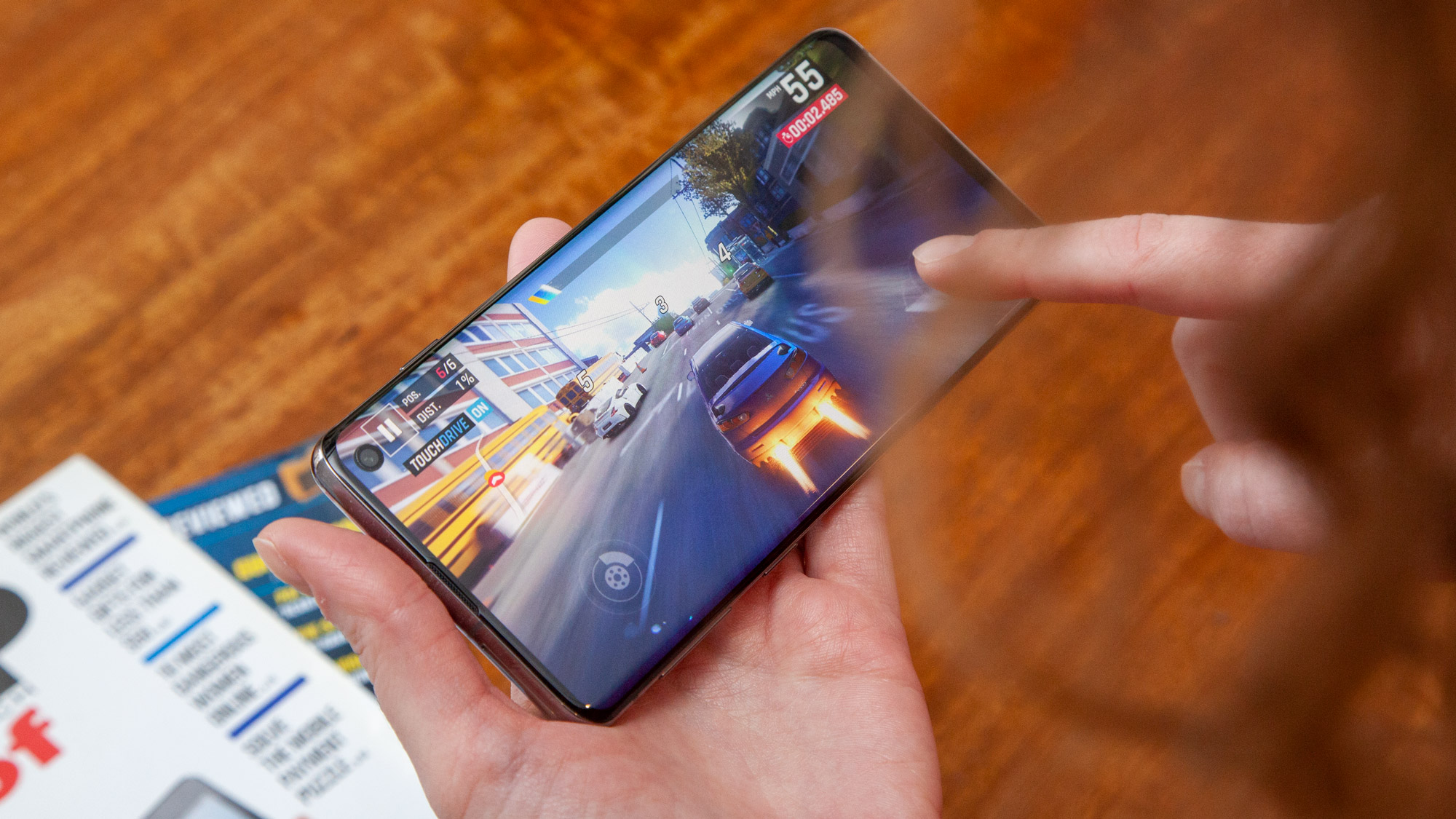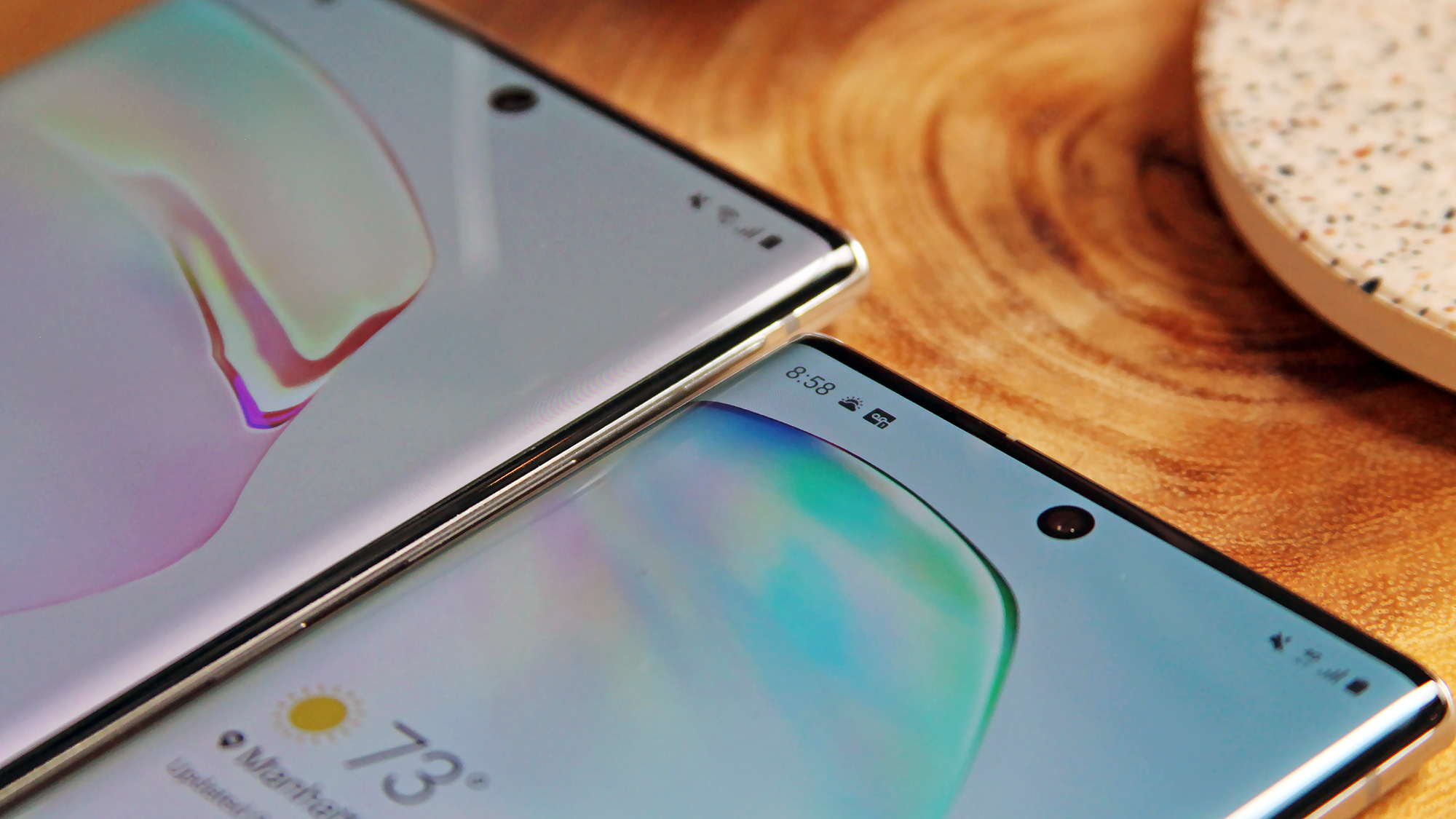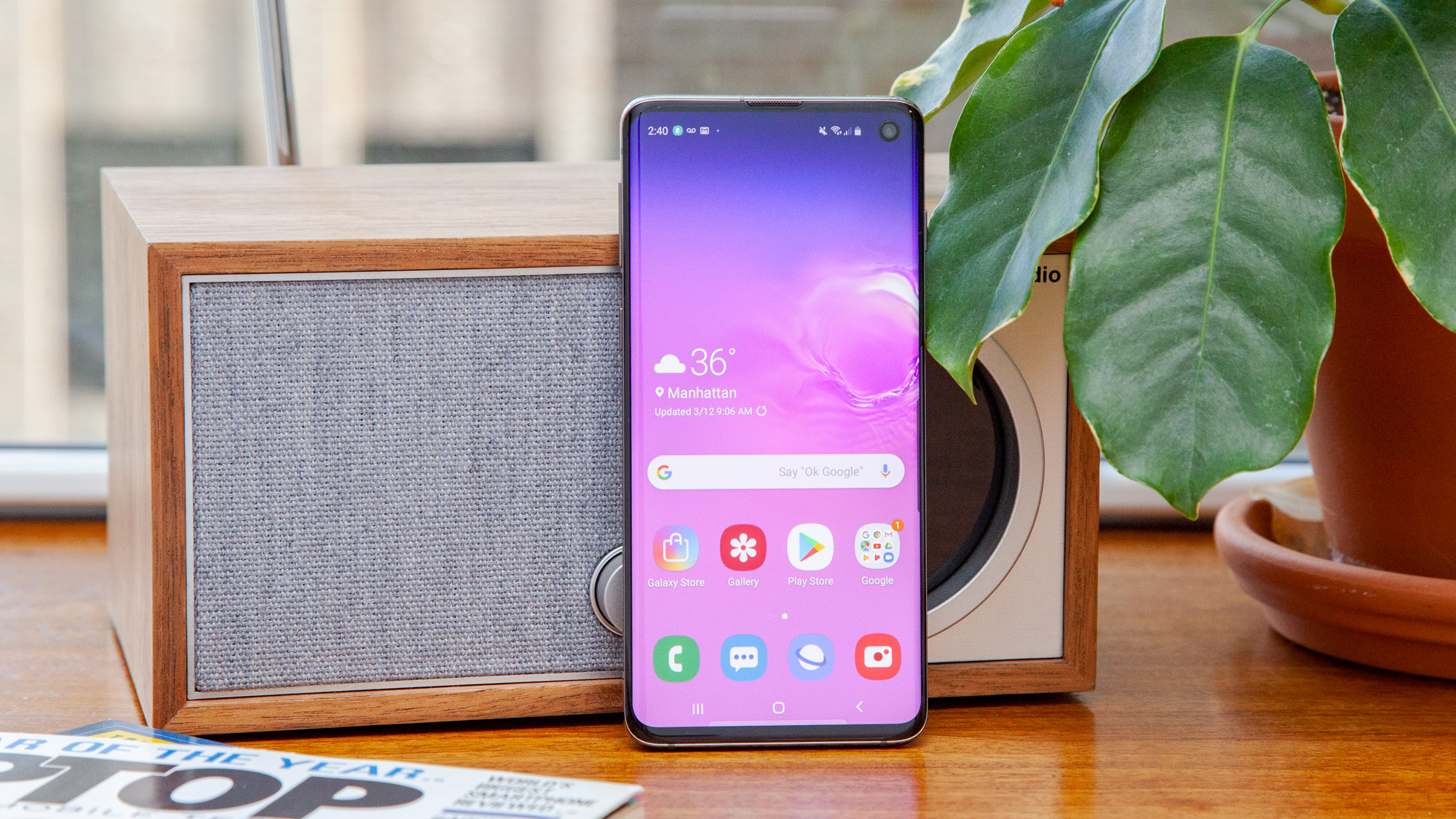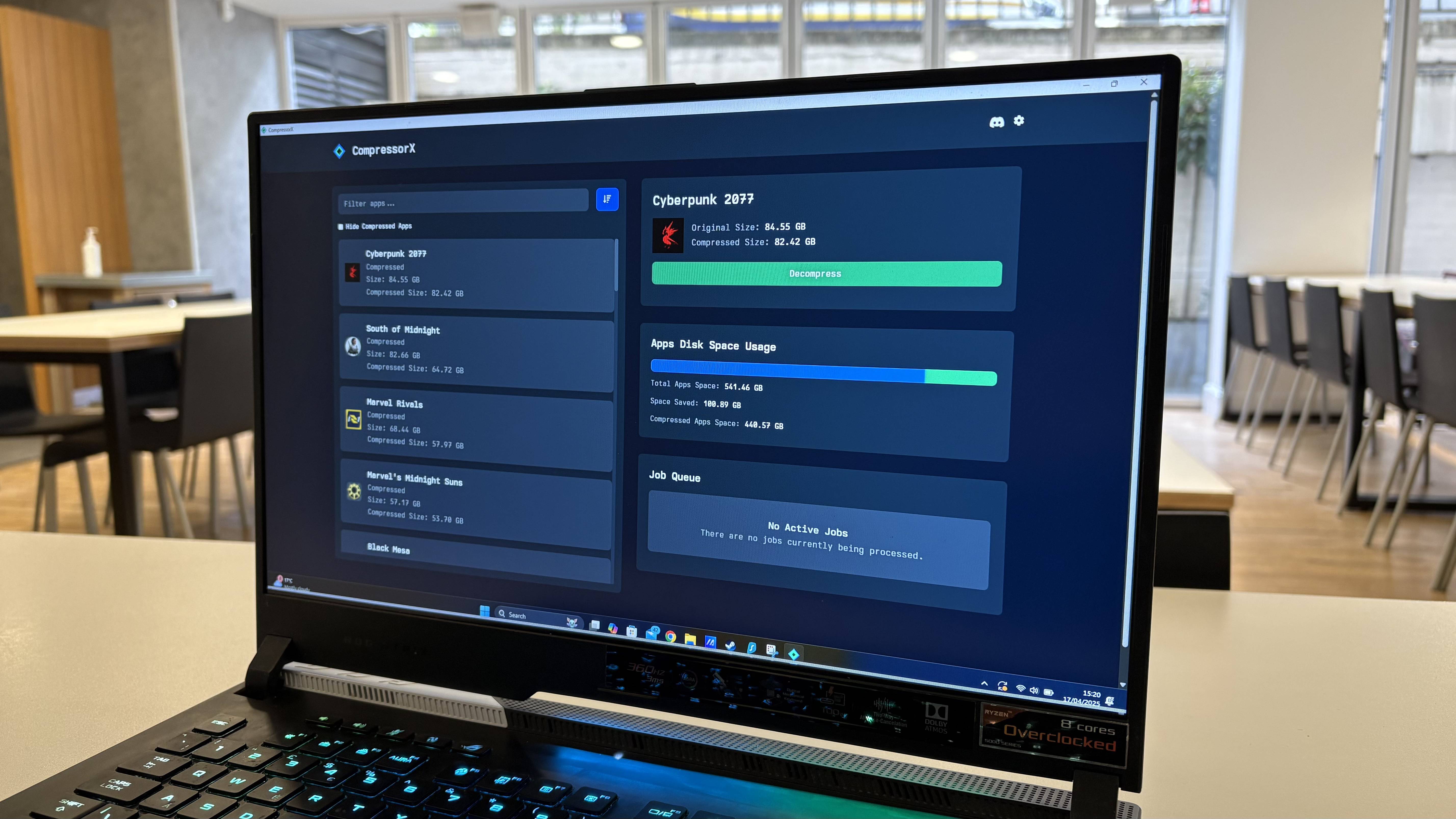Why You Should Skip the Galaxy Note 10 for Galaxy S11
A much more advanced flagship awaits

The Galaxy Note 10 and Galaxy Note 10 Plus look like solid upgrades for Note fans. But these handsets don’t push the envelope as much as some had hoped. In fact, a lot of the most exciting smartphone features in the pipeline — some of which didn’t make it in time for the Galaxy Note 10 — will likely find their way to the Galaxy S11 in 2020.
Let’s face it. If you’re going to spend $900 or more on your next smartphone, you’re going to want it to be as future proof as possible. Based on the Galaxy S11 rumors we’ve seen so far, here’s why you might want to skip the Galaxy Note 11 and wait for Samsung’s next big thing.
A truly advanced 64-MP camera (or maybe 108-MP)
The Galaxy Note 10 makes due with the same three lenses as the Galaxy S10 and the Note 10 Plus uses the same four cameras as the Galaxy S10 5G. But Samsung has something more exciting on the way in the from of its 64-megapixel Isocell Bright GW1 sensor.

The camera will be capable of producing very sharp photos with a resolution of 9,216 x 6,912 pixels, and a first leaked photo looks very impressive. Samsung will use its new tetra cell technology and remosaic algorithm to deliver breakthrough results in very low light or even the dark.
It gets even more interesting. Samsung has just introduced a 108-MP camera sensor that will be capable of producing amazingly sharp 20232 x 9024-pixel images along with 6K video. Its first partner will be Xiaomi, but given that this sensor is now in production it could make its way to the Galaxy S11 as well.
A super powerful Snapdragon 865 processor
All Android phones have lagged behind the iPhone XS for the past year, but things could change when Qualcomm debuts its Snapdragon 865 chip. This CPU will likely find a home in the Galaxy S11 first, if history is any guide.

Based on the first alleged leaked Snapdragon 865 benchmark results, we could be looking at Geekbench results that surpass Apple’s mighty A12 Bionic processor in the latest iPhones. But Apple does reportedly have an even faster A13 chip on the way, which will likely debut in this fall’s iPhone 11.
A better 5G
Samsung will offer a Galaxy Note 10 Plus 5G in the U.S., but it’s exclusive to Verizon at first. More important, today’s 5G phones largely support only millimeter wave spectrum, which generally requires line of sight to a nearby node. (The exception is Sprint, with its slower but wider-reaching 2.5GHz-based network.)

Qualcomm’s second-generation Snapdragon X55 modem will support more frequencies and apparently come to the Note 10 Plus 5G that AT&T and T-Mobile will sell later this year. But 5G networks won’t become widespread until 2020 anyway. At that point, Samsung could decide to make 5G connectivity standard in its flagship phone instead of an optional pricier version.
In-display camera without the punch hole
While the Galaxy Note 10’s Infinity-O display is pretty sweet, there’s still a cutout toward the top of the screen that can be distracting. The Galaxy S11 could go one step further by featuring a camera under the display and the screen would become transparent when you use the front camera.

Samsung Display reportedly showed off an under-camera display at its AMOLED Forum event in October 2018, so it’s possible that it could show up in the Galaxy S11. In May, Samsung said that it was working on a new device that features a “perfect full screen.” This isn’t a lock, though, as Samsung could bring this new tech to another phone first to experiment.
Android Q out of the box
Yes, Google will be first with an Android Q phone when it releases the Pixel 4 this fall, but the Galaxy S11 should be the first Samsung flagship phone to offer this new software.

Top features include a system-wide dark mode, much improved and more transparent privacy features, and a more intuitive share menu. It’s not clear whether Samsung will adopt Android Q’s gesture-based navigation, which would eliminate the back button.
Sign up to get the BEST of Tom's Guide direct to your inbox.
Get instant access to breaking news, the hottest reviews, great deals and helpful tips.
Mark Spoonauer is the global editor in chief of Tom's Guide and has covered technology for over 20 years. In addition to overseeing the direction of Tom's Guide, Mark specializes in covering all things mobile, having reviewed dozens of smartphones and other gadgets. He has spoken at key industry events and appears regularly on TV to discuss the latest trends, including Cheddar, Fox Business and other outlets. Mark was previously editor in chief of Laptop Mag, and his work has appeared in Wired, Popular Science and Inc. Follow him on Twitter at @mspoonauer.

